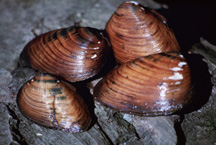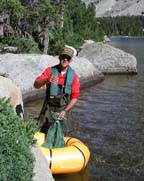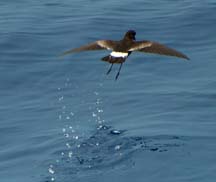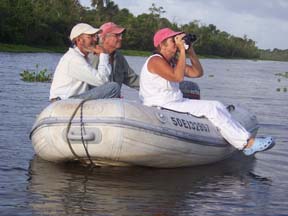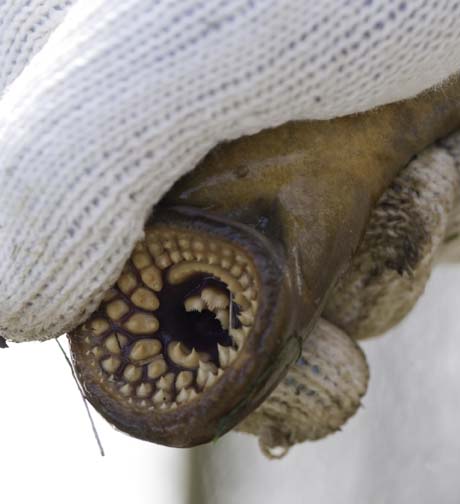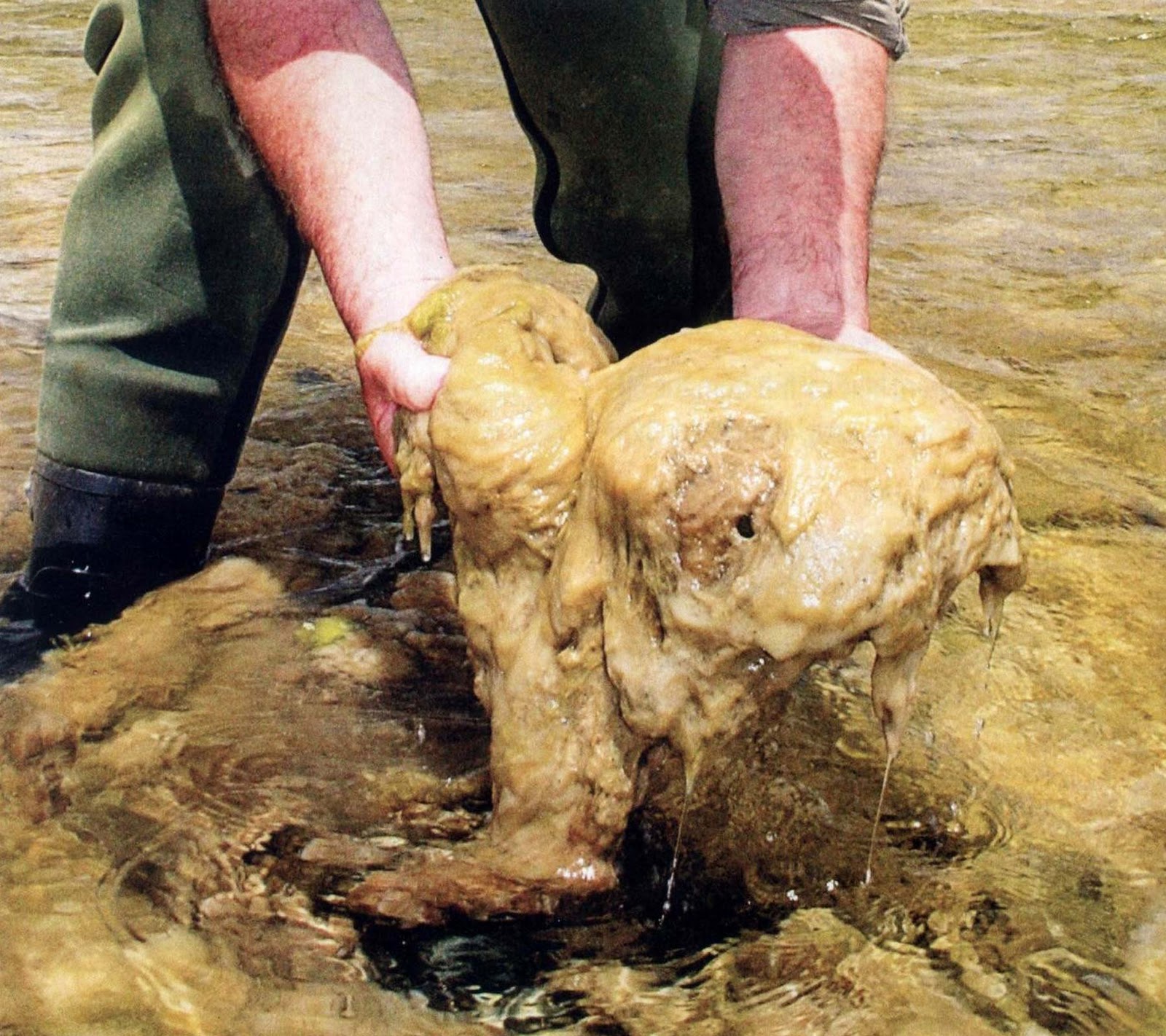We won’t blame you if you think that the combination of fish plus fire equals dinner. But a recent study in the Intermountain West confirms earlier findings that native fish, particularly native salmonids, thrive in the decades after a forest fire.
The study was published in the Transactions of the American Fisheries Society. To read the paper, go to this US Forest Service summary page, then click on the PDF link.
A US Forest Service fisheries biologists has continued the study, and is giving talks on the results. Read the article about his talks in the Ravalli Republic.
As for fish and fire: sure, the first few years after a forest fire are tough for the fish. But the introduction of trees into the stream is such a habitat boost that after a few years, native fish populations start to grow. Shrubs and other low plants growing streamside also provide food and shelter for native fish.
This Bitterroot Mountain study confirms the findings of studies done after the 1988 Yellowstone fires, that also found that native fish populations rebounded after the fire.
You can read an article on the talk, here.
Photo: Brook trout, like this one, don’t fare well after fires in the Intermountain West, because they are not native and therefore not adapted to the region’s fire-fueled ecology. Photo by , courtesy of US Fish and Wildlife ServiceEric Engbretson

